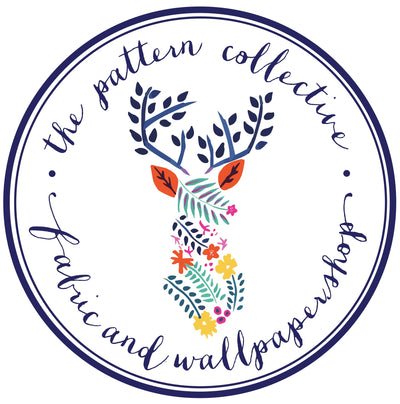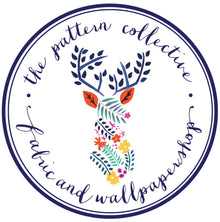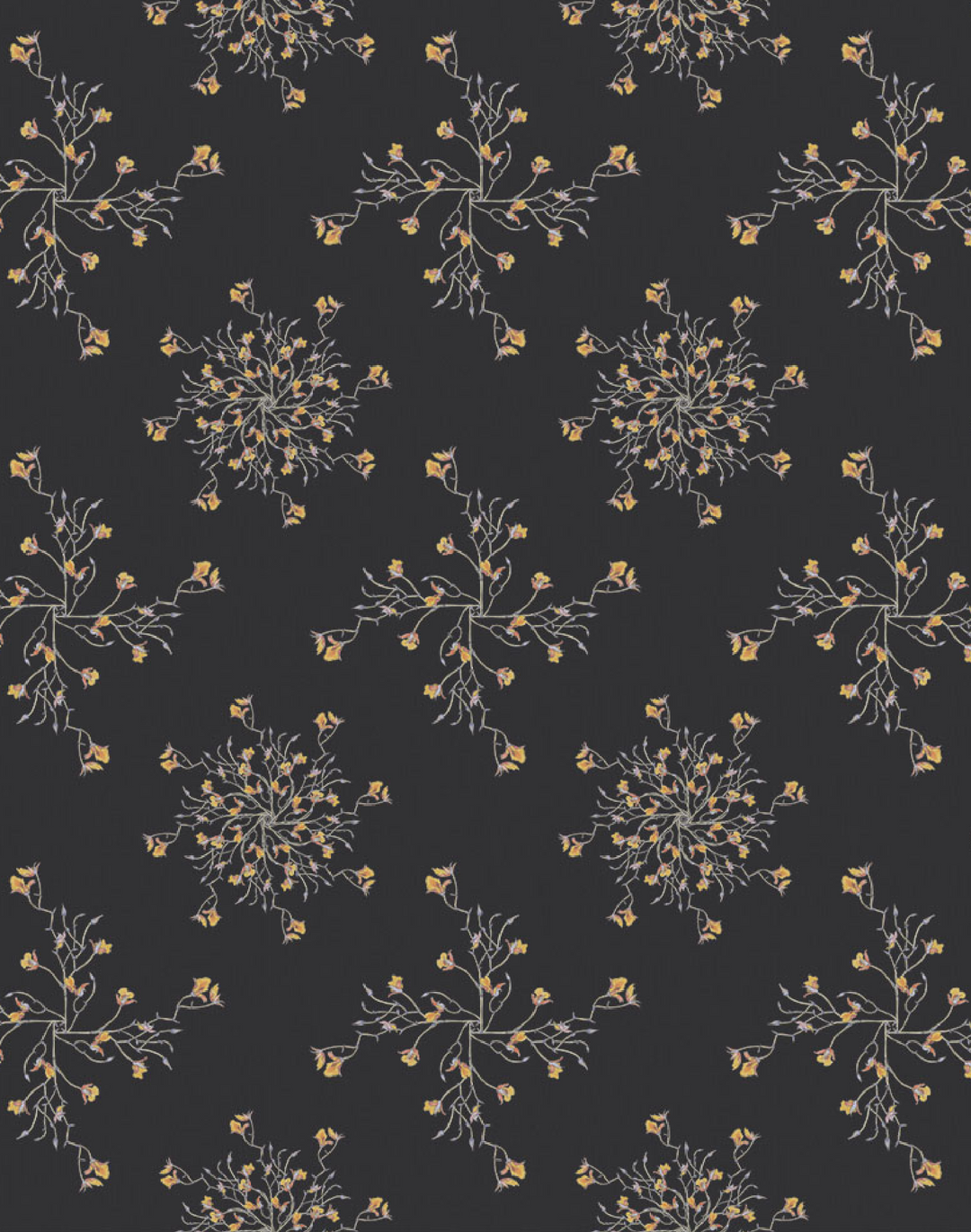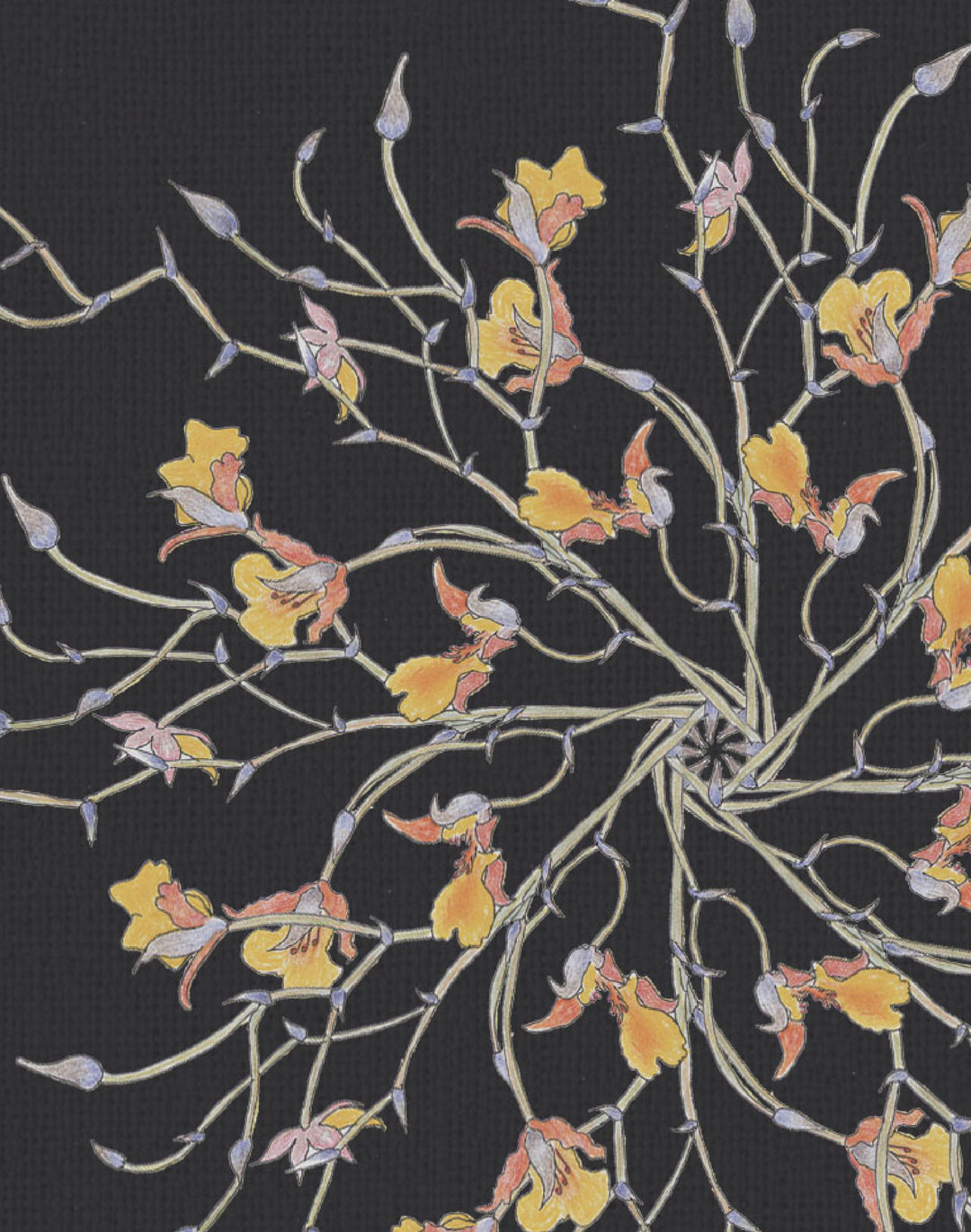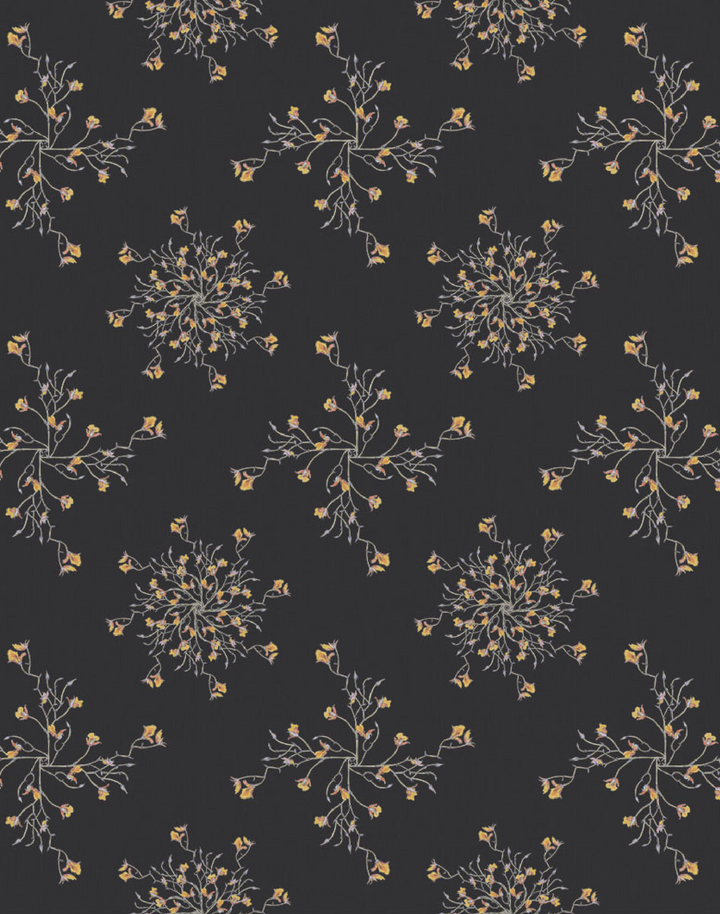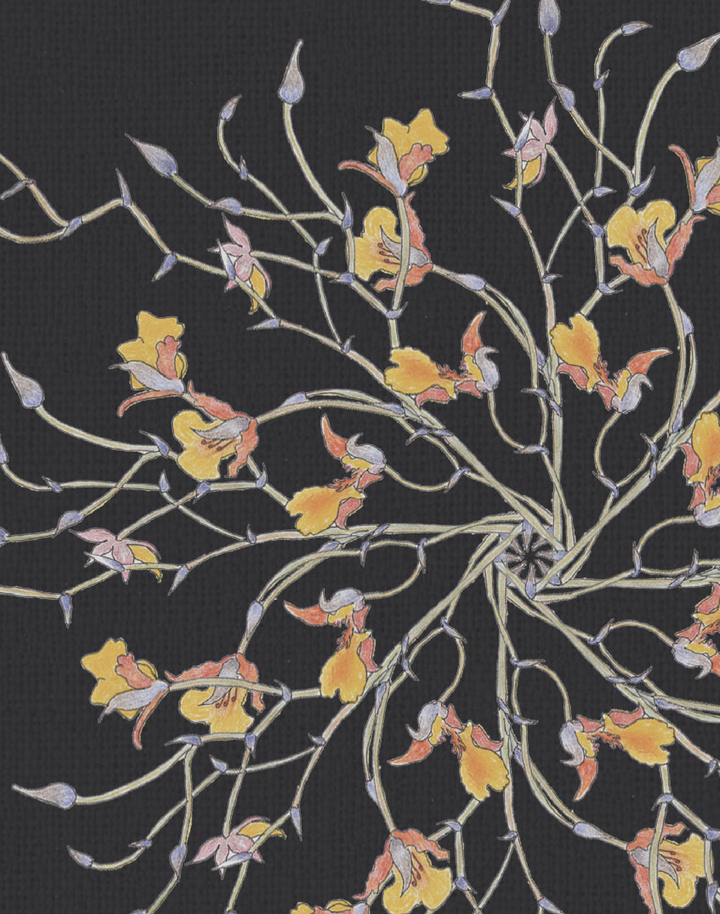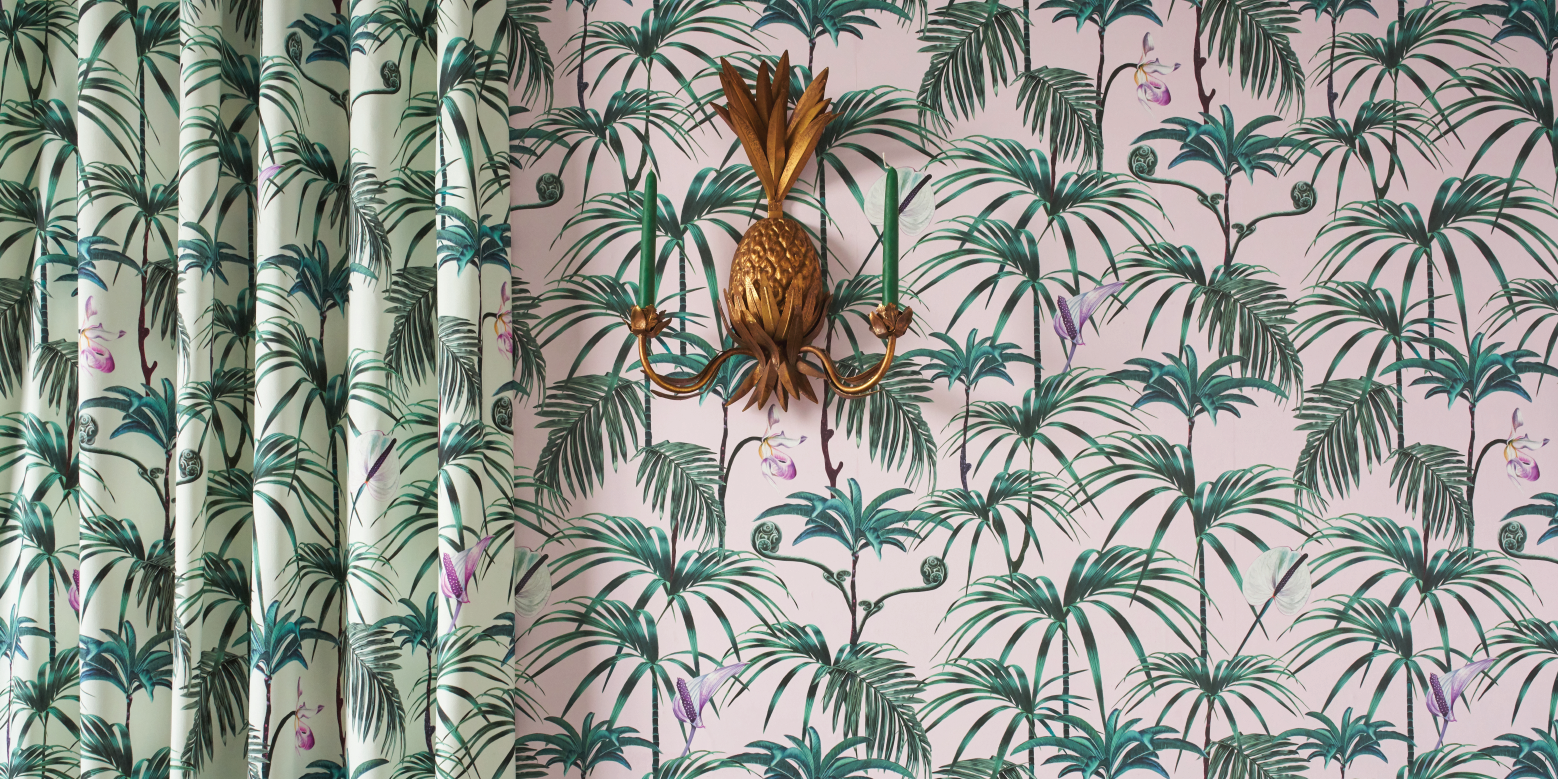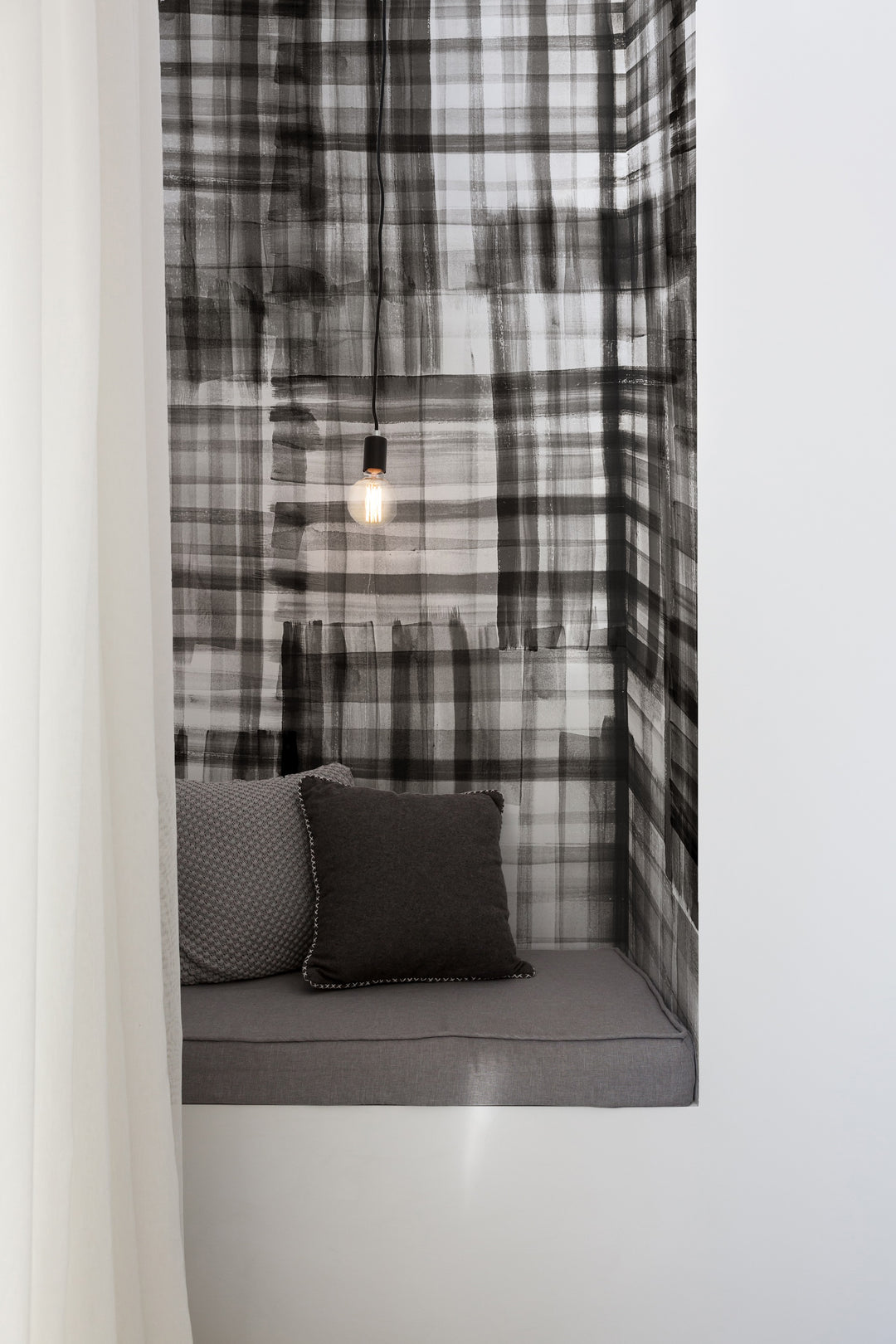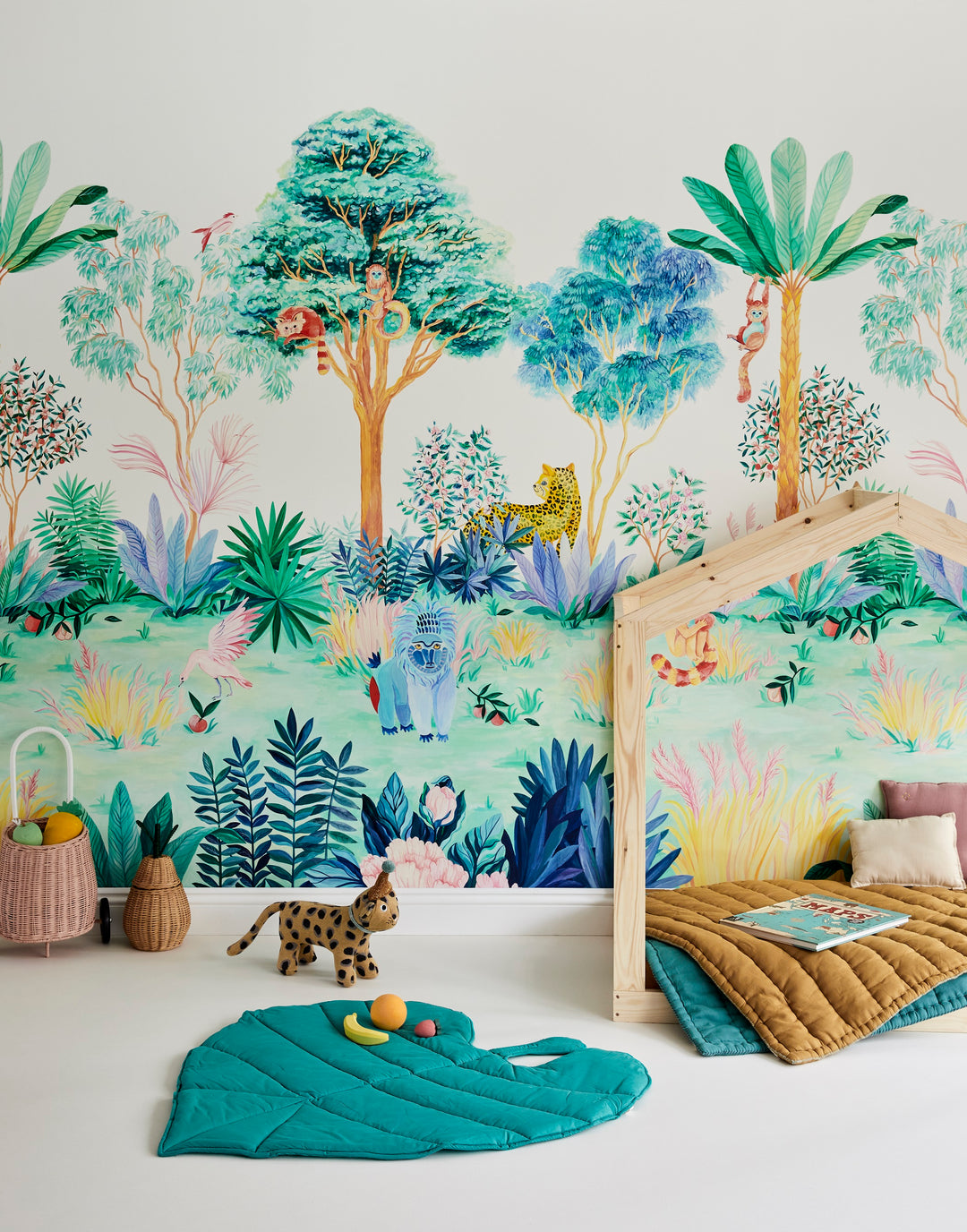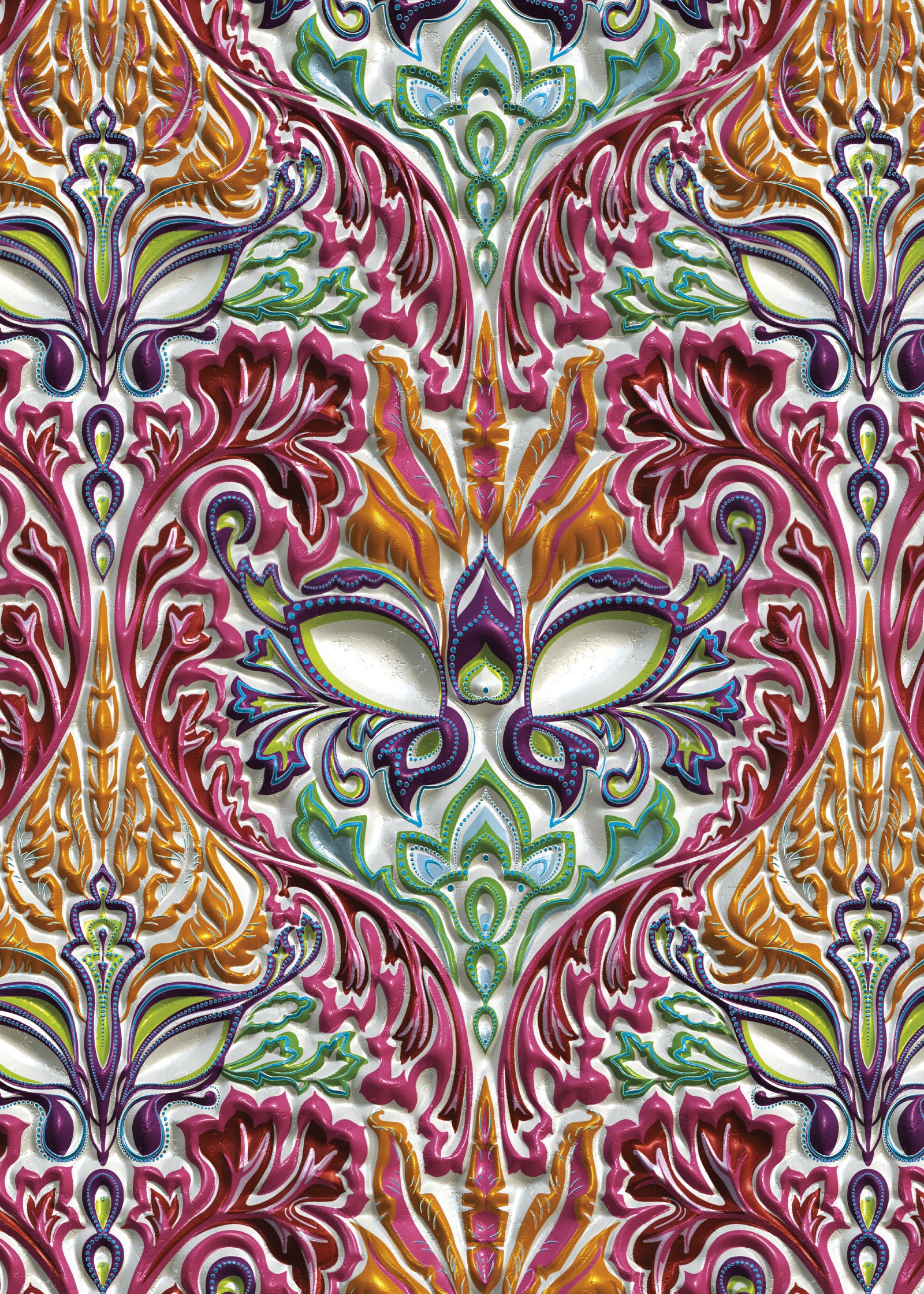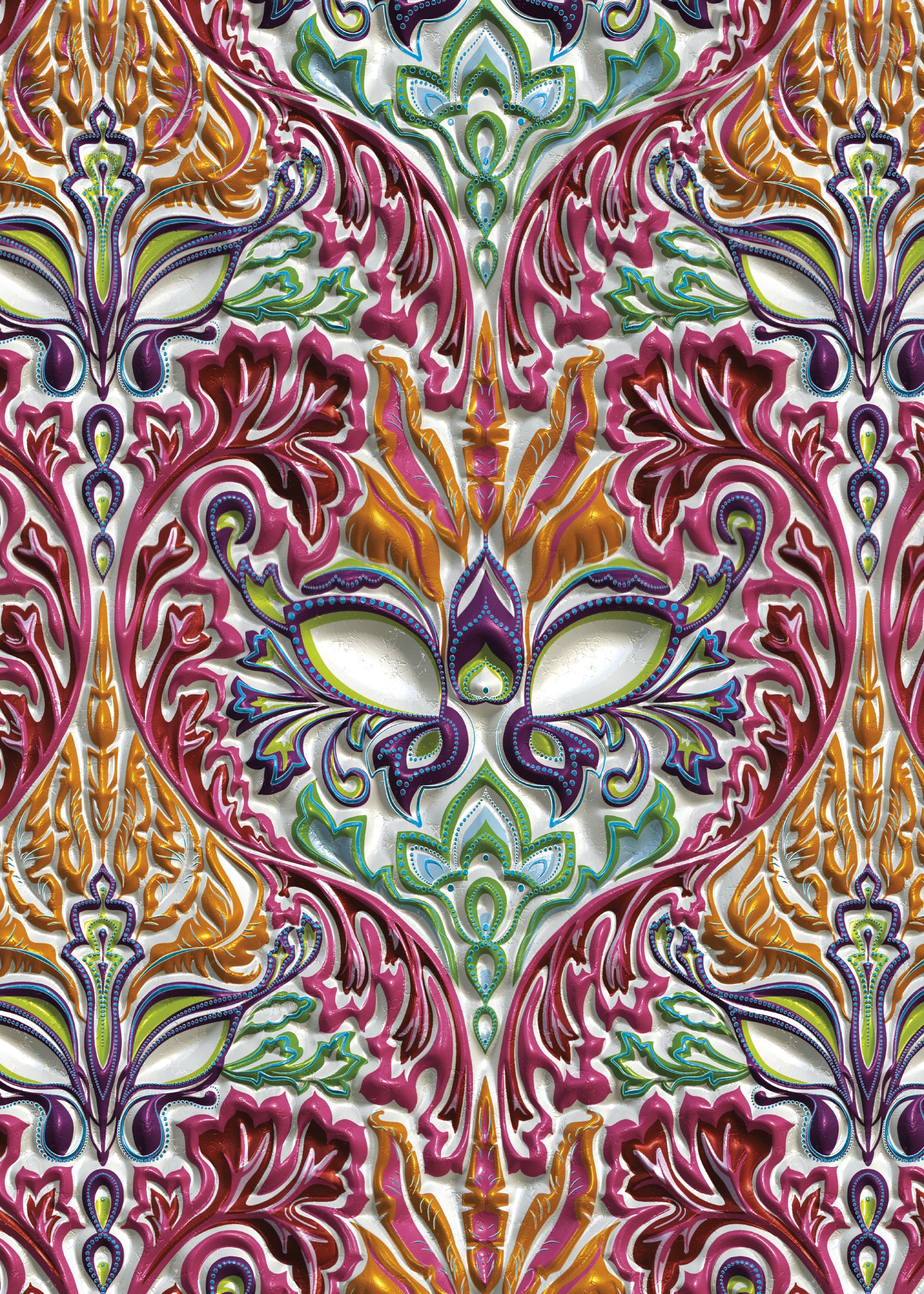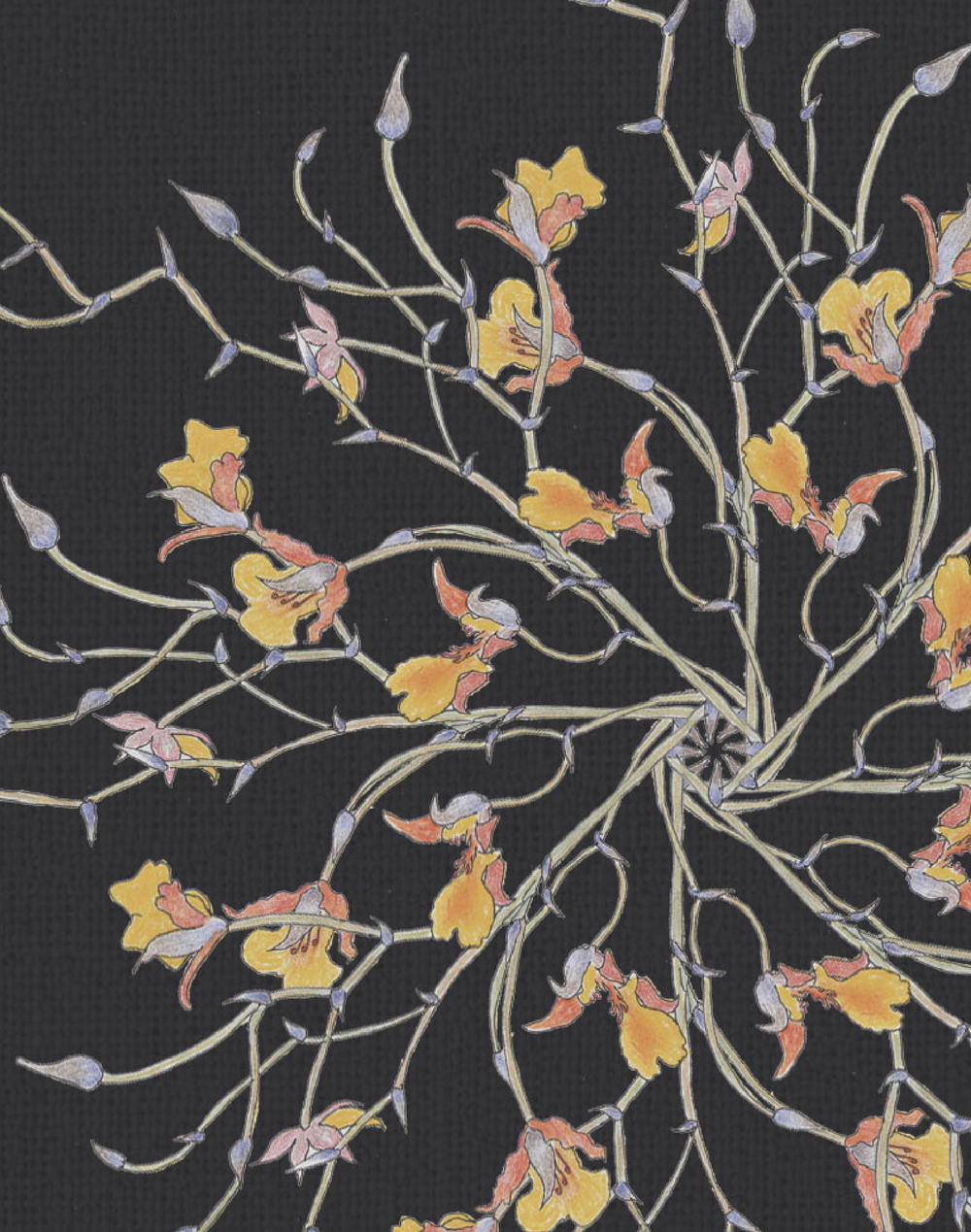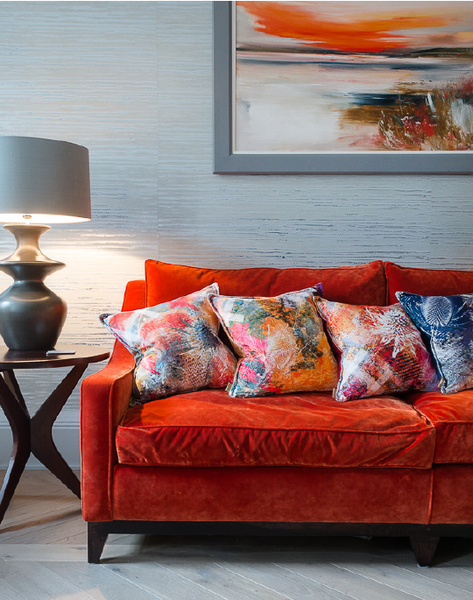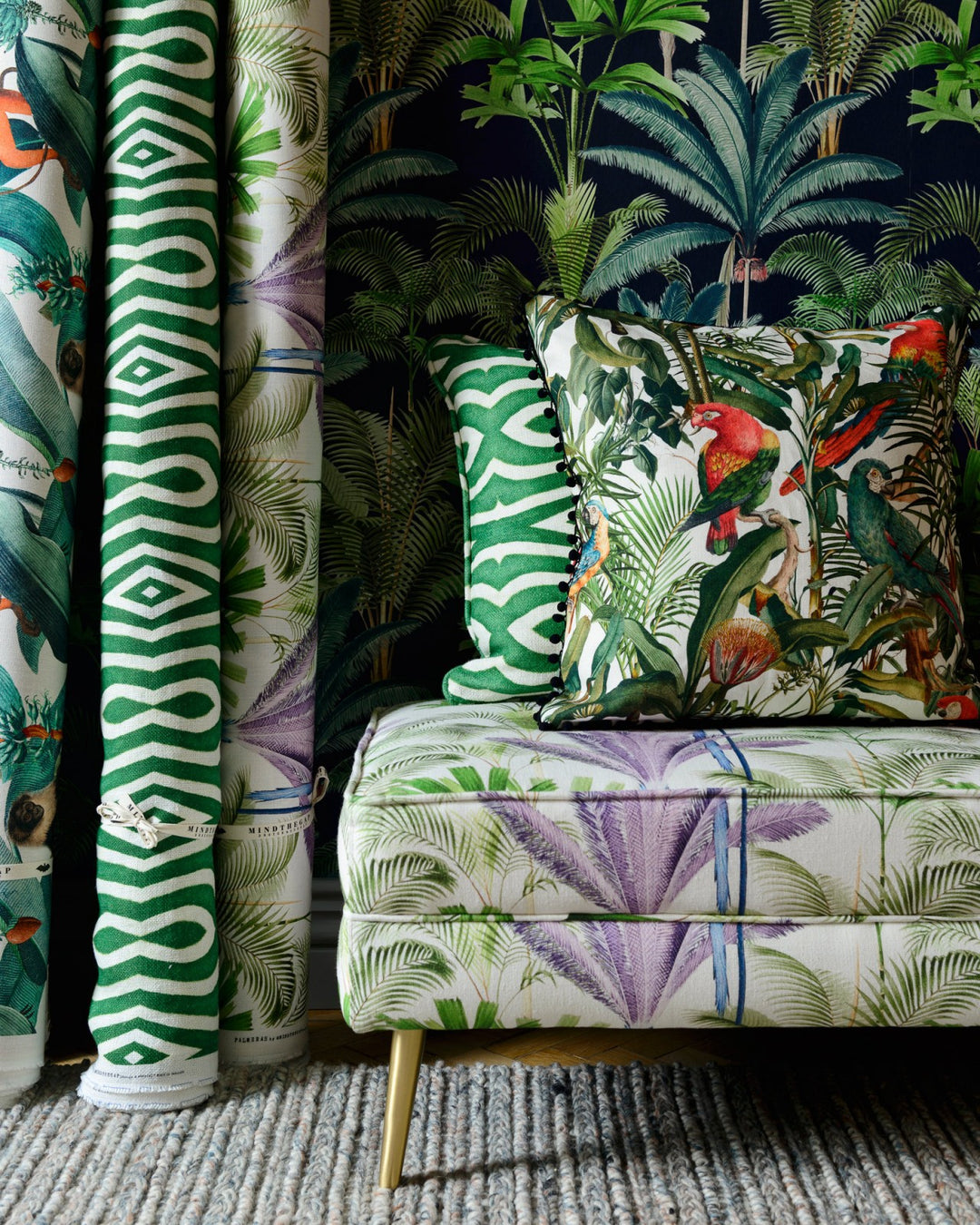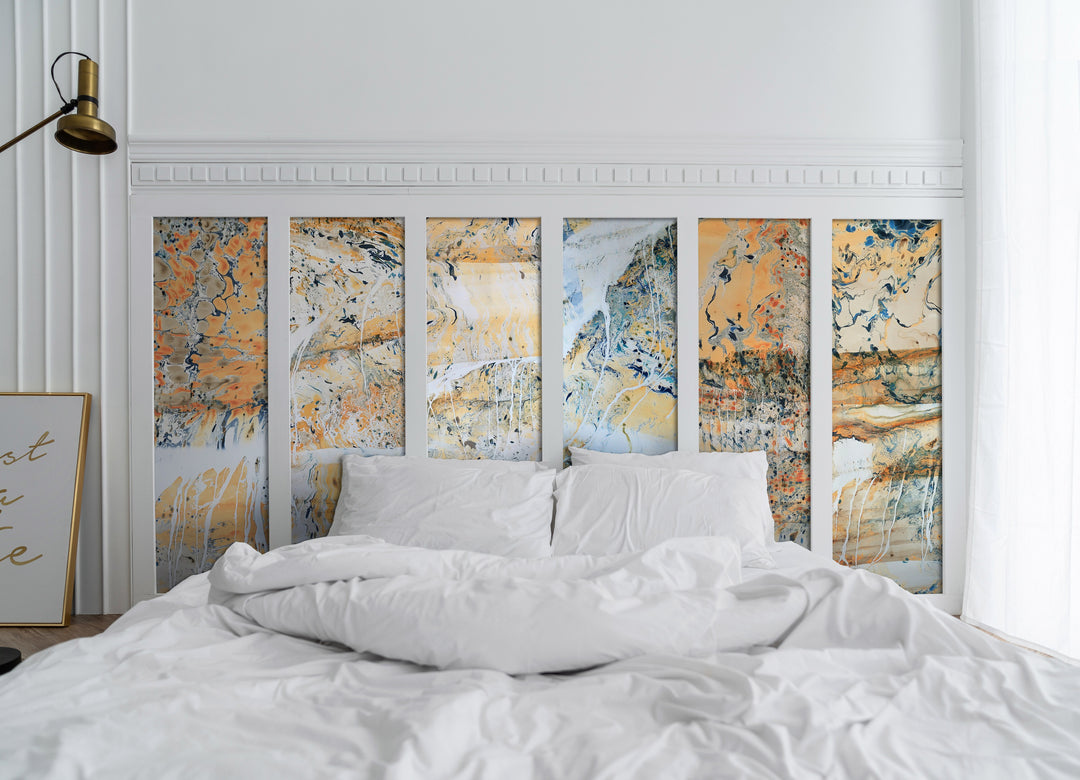Madidi Gold Orchid, Slate
Overview
Madidi gold orchid – Many years ago when Susy was studying bears in Bolivia, the first of the flowers she illustrated, collected and pressed was a mysterious orchid with a captivating zigzag to its form. When a shaft of sunlight illuminated it through the cloud forest, it seemed to have a golden glow. An orchid specialist from the Herbarium identified the genus as Odontoglossum and suspects the species may be bicolor.
This design is part of The Beatrice Edit. With exquisite botanical detail, it builds upon the growing passion in interiors for honoring the natural world. Furthermore, for every roll of wallpaper sold, 100m2 of critical wild habitat is preserved through World Land Trust. Ten percent of profits will also go to support Rebuilding Together in Ukraine.
Measurements
• Each roll is 27.6" x 10.9 yards
• Repeat: Straight match, 9.2" vertical repeat
Additional Notes
• Printed to order, approximate 3-4 week lead time
• The designs are printed on Uncoated Non-woven 147gsm. This design will also be available on Coated Non-woven 147gsm. The uncoated wallpaper has a matt finish and vibrant but gentle, muted colors. The Coated wallpaper has a slight shine, is more wipeable and has deeper colors.
• Fire certified for both Europe and the USA. Classified to BS En 13501-1-1:2002, class B, s1, d0
Color Description
Multi colored illustration on a dark background
Additional Info
Newton Paisley designs tell the stories of endangered and neglected species, whilst rejoicing in their extraordinary diversity and beauty. Their mission is to celebrate nature and inspiring people to create beautiful, biophilic home-habitats. As reported by Pattern Observer, flora and fauna make up fully 70% of the textile design market across fashion and home interiors, yet often these designs are lick-and-stick or lacking context in the natural world. Newton Paisley designs are different – full of geeky specificity, authenticity, narrative, love…. Each design tells stories of neglected and endangered species, and, even better, contributes towards the preservation of critical wild habitat.
